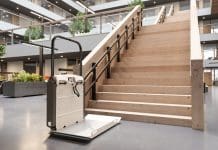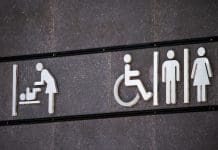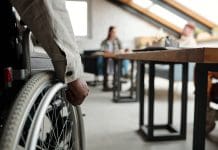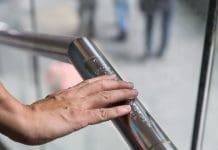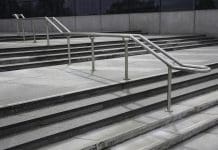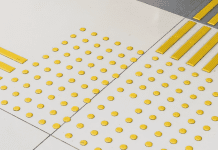Ian Streets from About Access discusses tackling disability issues and provisions against them when considering building projects
We often look at the issues around hidden disabilities, and now one of our projects has involved studying the provisions made for disabled people who could themselves be described as hidden – behind the bars of the country’s prisons.
Some people might take the view that prisoners forfeited their rights, even if they are disabled, when they committed the crime that led to them being locked up. But common decency ensures they do have rights, and that is backed up by various pieces of legislation.
Prisons have to reflect the rest of society and they are therefore covered by the provisions of the Equality Act 2010. They need to be diverse and inclusive in whatever form that takes.
In meeting the needs of people with disabilities, prisons are like any other building or organisation in that they are expected to make reasonable adjustments. That’s a duty which covers staff members who might have a disability, and prison visitors who are disabled. Including lawyers, social workers and other advisers.
Prisoners have various impairments, and, as happens outside prison, long term inmates might acquire an impairment as a result of illness, an accident or ageing.
We were not surprised to find that facilities for disabled people in prisons varied. Some of the newer prisons have been designed and built to provide some of the features required by disabled people, but other prisons are much older and more difficult to modernise.
Some prisoners are wheelchair-users but there are far more ambulant disabled people and elderly people than there used to be, because the prison population has increased. There is a need for accessible cells, and some have en suite facilities while others have shower and bathing blocks.
We found only one truly accessible cell, large enough to accommodate a wheelchair user and with an accessible WC. There is also the question of providing accessible training and education centres for prisoners.
We found that a lot of the doorways were very narrow, and the space was a lot tighter than you would accept in other buildings. This adds to the other difficulties encountered when trying to move disabled prisoners around the building – negotiating gates and steps.
There is more flexibility when it comes to making reasonable adjustments for staff. Operational constraints can present problems where staff mix with prisoners, but there are other areas, such as admin blocks, where prisoners don’t have access.
Also, the work of the staff can vary a great deal. Some duties can be quite physical but other roles are more sedate, and it may be possible for some people to transfer between different roles.
HM Prison and Probation Service offers to make reasonable adjustments during the assessment and recruitment process. However, they also warn that it may not be possible to make reasonable adjustments for all because of the specific requirements of some roles.
The visiting hall is where you get the widest range of people. Young children visiting parents, elderly people visiting friends and family, and everybody in between. The visitor centre must be accessible and provide all the usual facilities, taking into account the requirements of prisoners and visitors – and the need for security.
A guidance booklet produced by the Prison Reform Trust in partnership with HM Prison and Probation Service sets out some types of hidden and the difficulties which can be created in terms of seeing, hearing, speaking and getting around.
It also highlights difficulties with operating door handles, using cutlery and accessing education – the library should have books and information in large print, easy to read formats and in audio.
The guide advises prisoners to inform staff if they have difficulties using stairs, getting into a bunk bed, showering or using the toilet, filling in forms, even telling the time.
It notes: “Prisoners with a disability should be helped to do the same things as other prisoners, like work and going to the gym.”
The publication also advises on contacting social services to prepare for release from prison, with a list of organisations which can help including Age UK, Alzheimer’s Society, the Disability Law Service, Mind, NACRO and RNIB.
It is available in prisons and at www.justice.gov.uk and www.prisonreformtrust.org
Many thanks for reading this. If you liked it please click on Like and share it. Constructive comments are always welcome and if you have questions on the subject matter you can connect with me on LinkedIn and send me a message, or else you’ll find my contact details on my LinkedIn profile https://uk.linkedin.com/in/ianstreets
If you need help improving the accessibility of your organization or to do more by improving your skills then please get in touch and check out our website www.aboutaccess.co.uk



